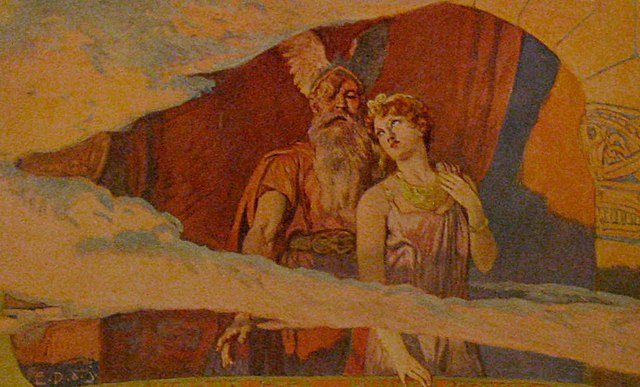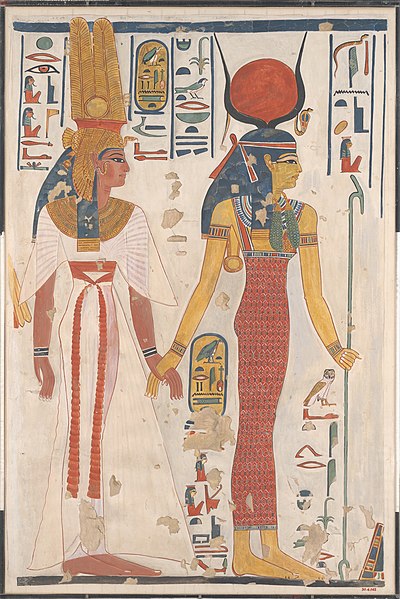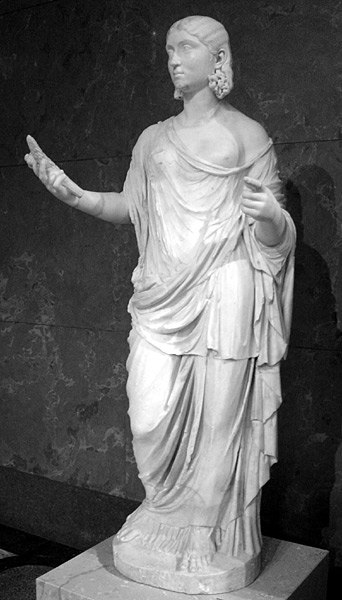Frigg is a goddess, one of the Æsir, in Germanic mythology. In Norse mythology, the source of most surviving information about her, she is associated with marriage, prophecy, clairvoyance and motherhood, and dwells in the wetland halls of Fensalir. In wider Germanic mythology, she is known in Old High German as Frīja, in Langobardic as Frēa, in Old English as Frīg, in Old Frisian as Frīa, and in Old Saxon as Frī, all ultimately stemming from the Proto-Germanic theonym *Frijjō. Nearly all sources portray her as the wife of the god Odin.
Frigg sits enthroned and facing the spear-wielding goddess Gná, flanked by two goddesses, one of whom (Fulla) carries her eski, a wooden box. Illustrated (1882) by Carl Emil Doepler.
Godan and Frigg look down from their window in the heavens to the Winnili women in an illustration by Emil Doepler, 1905
"Wodan Heals Balder's Horse" by Emil Doepler, 1905
The goddess Frigg and her husband, the god Odin, sit in Hliðskjálf and gaze into "all worlds" and make a wager as described in Grímnismál in an illustration by Lorenz Frølich, 1895
A goddess is a female deity. In many known cultures, goddesses are often linked with literal or metaphorical pregnancy or imagined feminine roles associated with how women and girls are perceived or expected to behave. This includes themes of spinning, weaving, beauty, love, sexuality, motherhood, domesticity, creativity, and fertility. Many major goddesses are also associated with magic, war, strategy, hunting, farming, wisdom, fate, earth, sky, power, laws, justice, and more. Some themes, such as discord or disease, which are considered negative within their cultural contexts also are found associated with some goddesses. There are as many differently described and understood goddesses as there are male, shapeshifting, or neuter gods.
Queen Nefertari being led by Isis, the Ancient Egyptian mother goddess of magic
Portrait-Statue of an unknown woman as Ceres, Roman goddess of agriculture and motherly relationships
The goddess Freyja is nuzzled by the boar Hildisvíni while gesturing to Hyndla (1895) by Lorenz Frølich.
The Hindu warrior goddess Durga killing the buffalo-demon Mahishasura.








